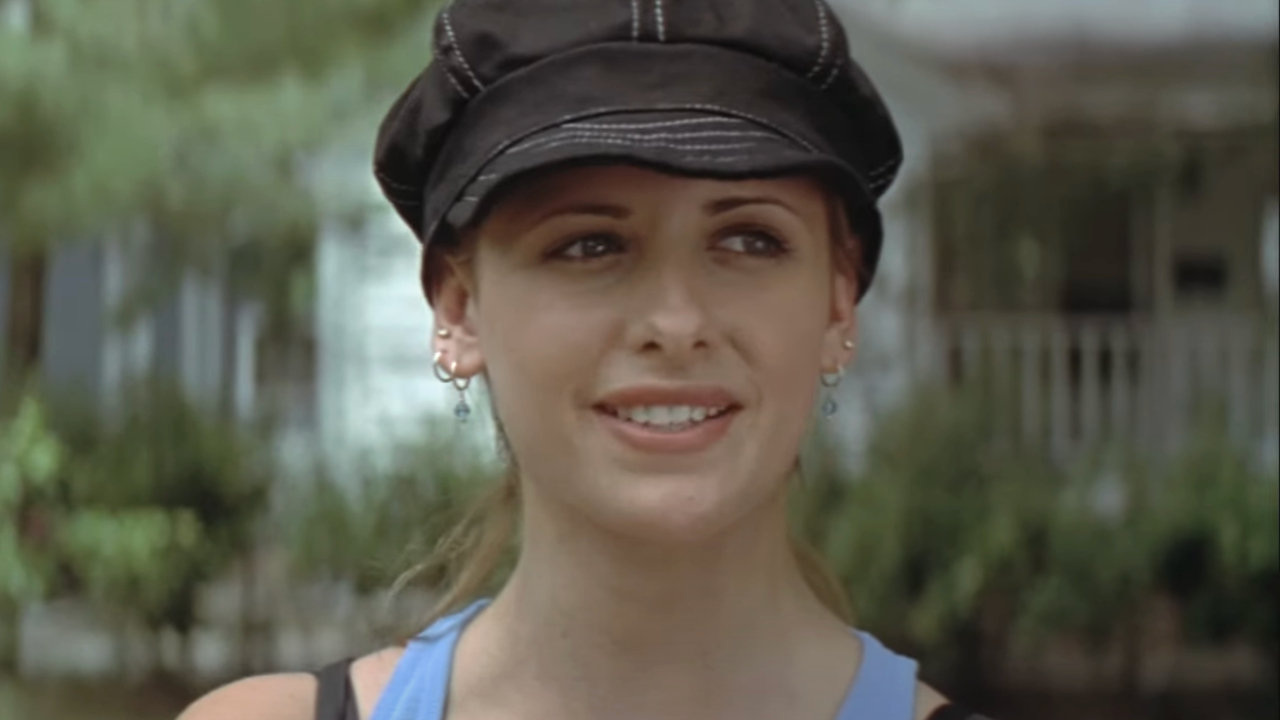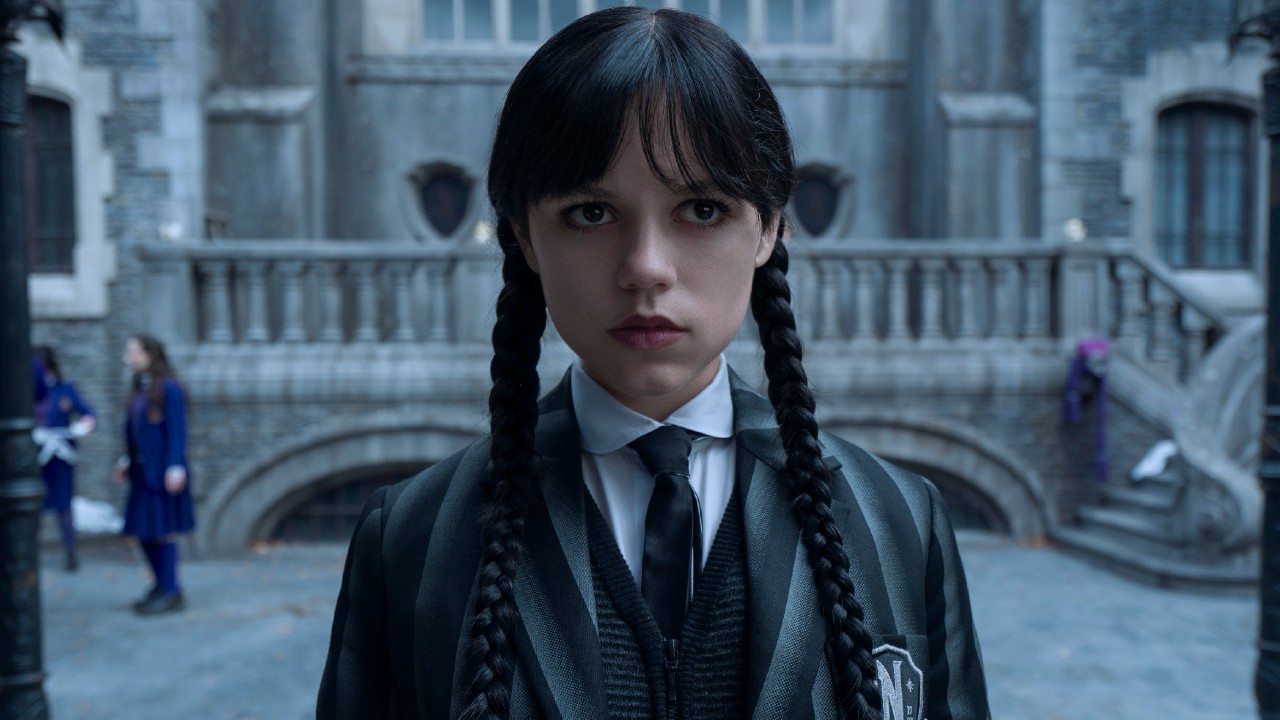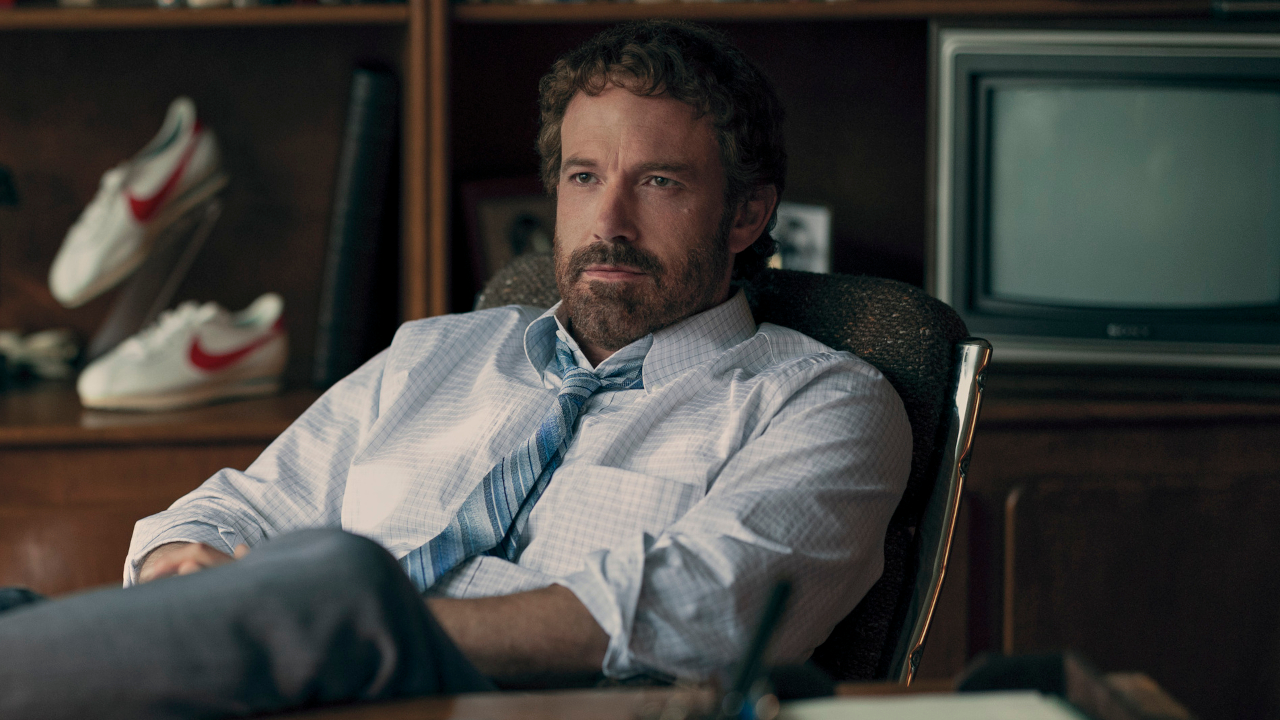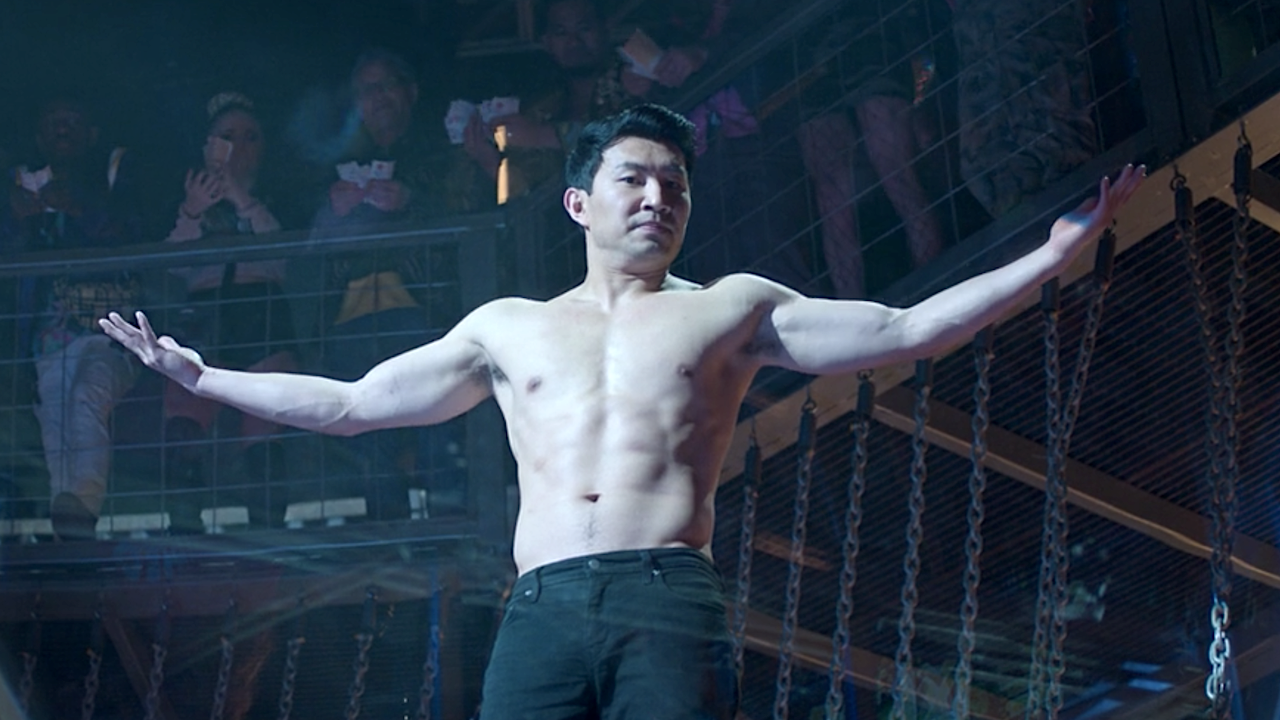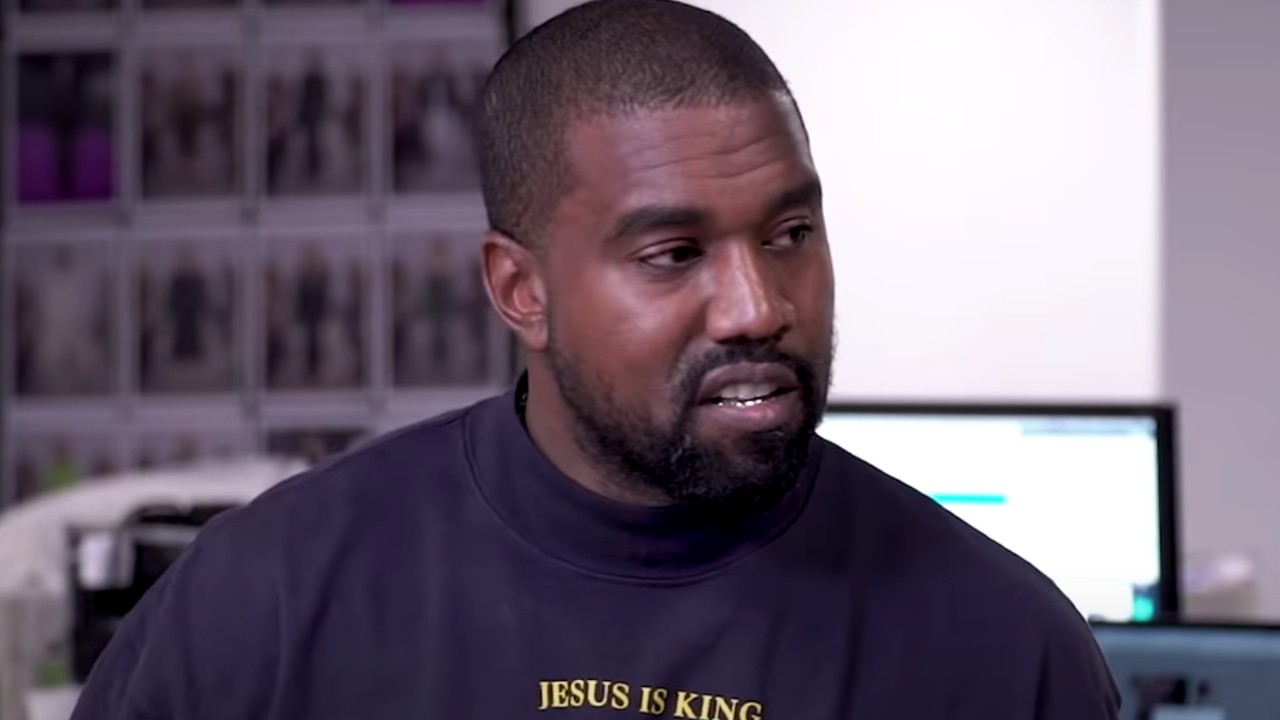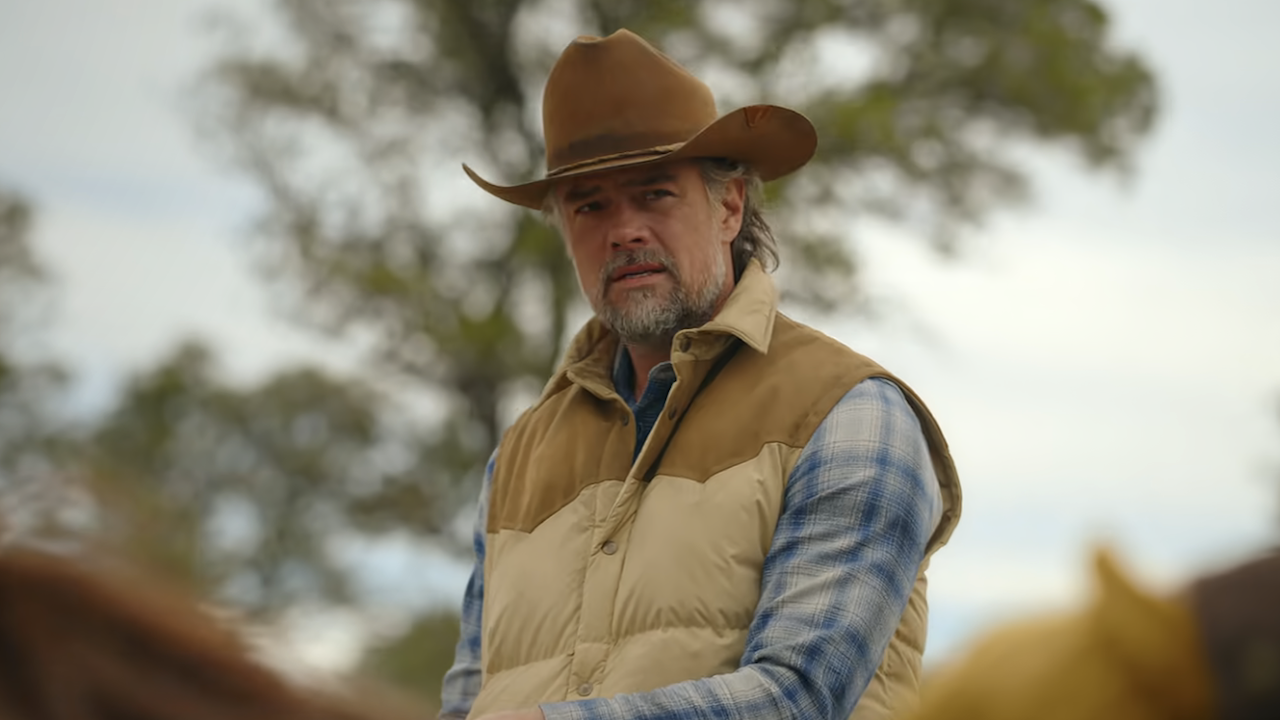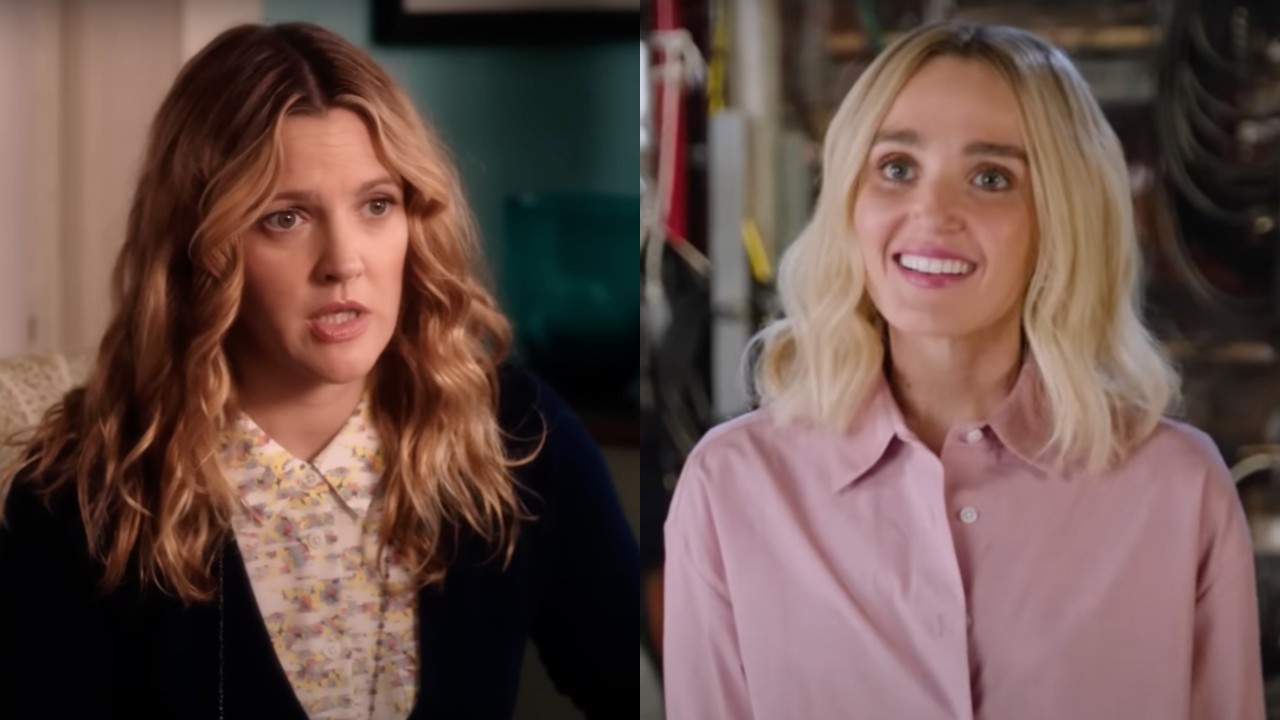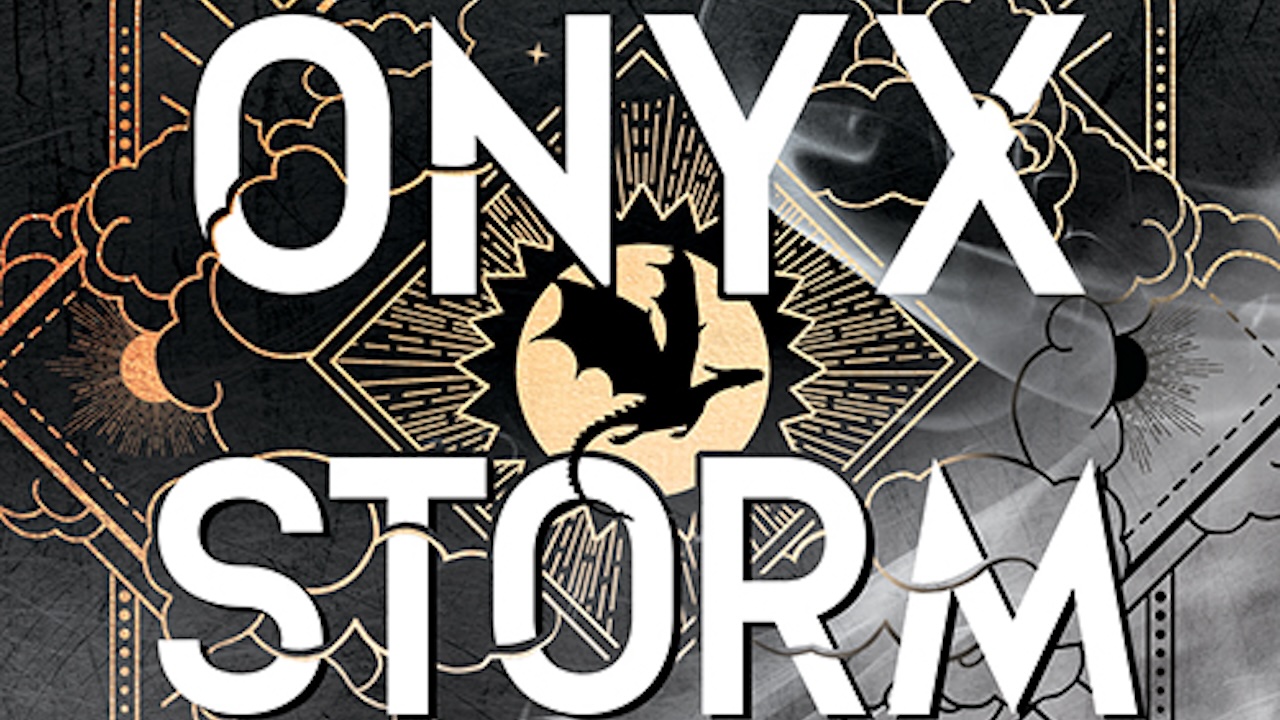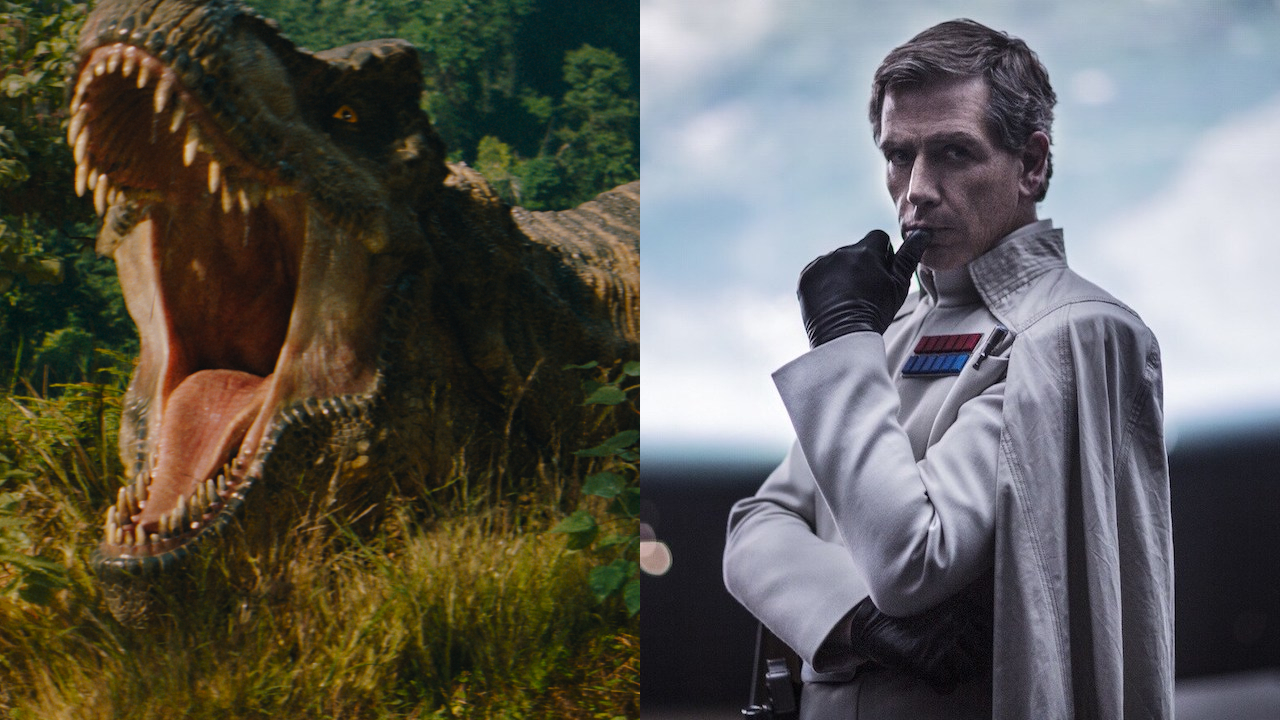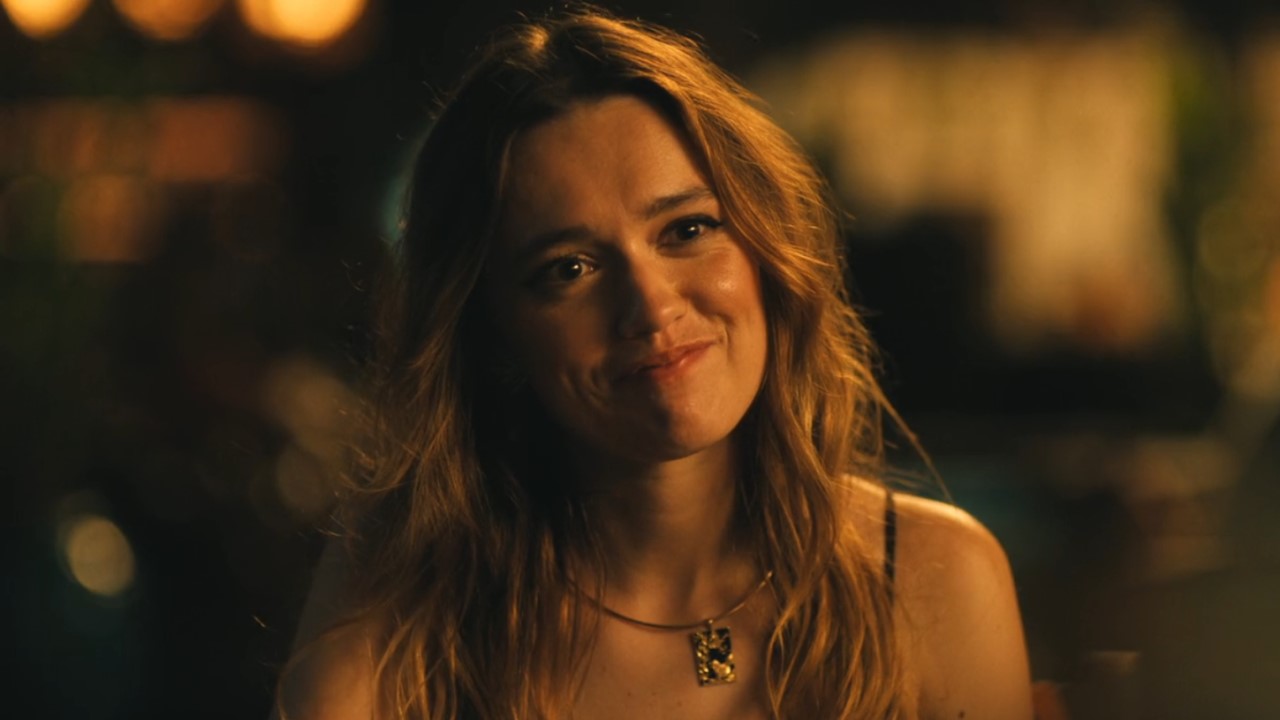6 Ideas Wonder Woman Kind Of Took From Captain America
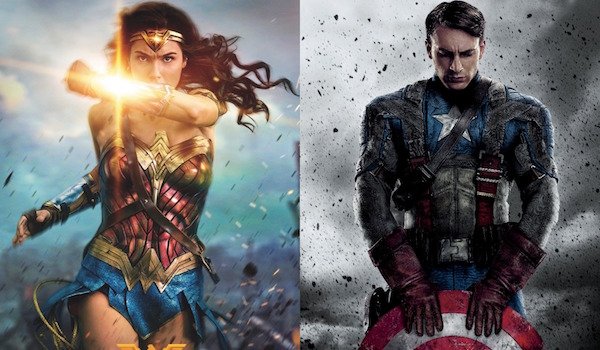
One of the biggest hits of the summer 2017 movie season was Wonder Woman, arriving a year after Diana of Themyscira's live action theatrical debut in Batman v Superman: Dawn of Justice and over 75 years after her first comics appearance. Earning critical acclaim from most moviegoers and earning over $813 million worldwide (making it the most successful cinematic superhero origin story), Wonder Woman has proven to be not just an enjoyable blockbuster, but also a truly inspirational tale. That being said, for those who've seen Captain America: The First Avenger, you can't help but notice that the Amazon's solo movie shares a lot in common with that MCU installment.
With the newly-released Wonder Woman epilogue, that comes with the Digital and upcoming Blu-ray releases, out, we've noticed it delivers yet another similarity to Marvel's 2011 movie about how Chris Evans' Steve Roger became the Star Spangled hero. So, we've gathered up the main ideas that Wonder Woman grabbed from Captain America: The First Avenger, be it intentionally or coincidentally. First up, let's get the obvious choice out of the way and discuss their notable time periods.
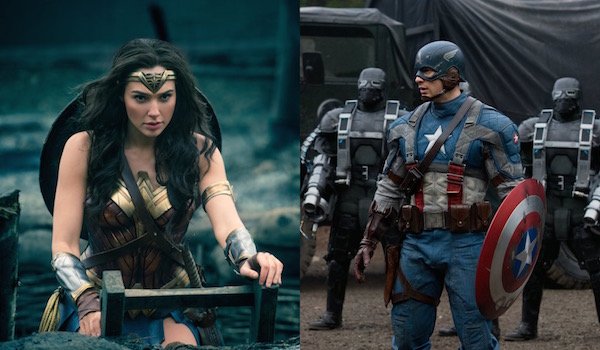
Origin Stories Set In World Wars
Like many of the superheroes from the Golden Age of Comics, Wonder Woman and Captain America both debuted on the printed page as World War II raged. Most superhero movies usually move the main character's origin story to contemporary times, but both Wonder Woman and Captain America: The First Avenger opted to spotlight their heroes' rise to glory in a global 20th century conflict. For Captain America, this was especially important, as the catalyst for Steve Rogers being injected with the Super-Soldier Serum is because he was trying to enlist in the military during World War II. It's not nearly as necessary for Wonder Woman's origin to be set during a world war, but thankfully, the creative team behind the Amazon's solo feature moved the action back a little over two decades to World War I. Not only did this help it stand out from Captain America: The First Avenger, but it also improved her origin since this time, she was jumping into a war that was bathed in shades of grey rather than a black and white affair.
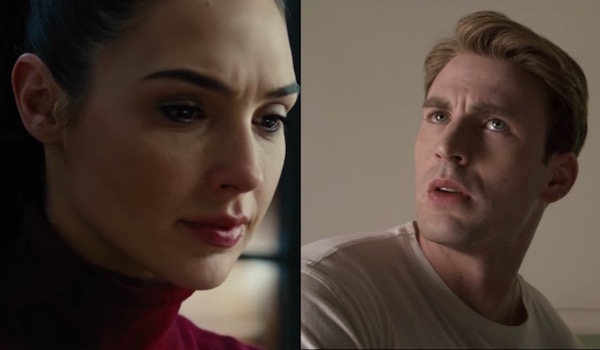
Present Day Bookends
Wonder Woman and Captain America: The First Avenger are period pieces for the most part, but they also had bookends at the beginning and end to show how our protagonists are faring in the present day. For Steve Rogers, this meant being freed from his life as a human popsicle after almost 70 years, though we wouldn't get a sense of his adjustment to awakening in the 21st century until The Avengers. In Wonder Woman's case, Diana has been conscious and living in man's world over the last century, and her movie's bookends were used to subtly follow up her DCEU introduction in Batman v Superman: Dawn of Justice and set up her return in Justice League later this year. Since both movies were set in cinematic universes, it was wise that there brief scenes at the beginning and end to connect to the wider mythologies without taking attention away from the main narrative taking place in the past.
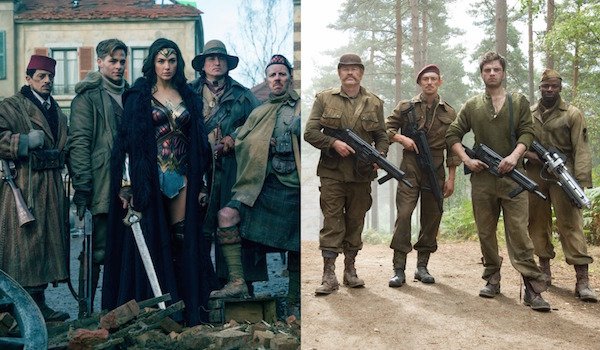
A Team Of Special Operatives
Both Wonder Woman and Captain America are talented in their own ways, but they still needed help accomplishing their respective missions. In addition to their respective partners/love interests (Peggy Carter for Captain America, Steve Trevor for Wonder Woman), both heroes also fought alongside a special team. During World War II, Steve Rogers was accompanied by the Howling Commandos, which was made up of some of the prisoners Steve rescued from the Red Skull's lair, like his old pal Bucky Barnes and the mustachioed Dum Dum Dugan. Without the Commandos, Steve might never have vanquished HYDRA during the war. Wonder Woman's team didn't have a cool name, but thanks to Sameer, Charlie and Chief Napi accompanying Diana and Steve Trevor across Europe, they were able to stop General Ludendorff and Doctor Poison's sinister scheme, saving thousands of lives in the process. Both teams also continued to operate once their respective wars concluded, albeit without a superhero leading them.
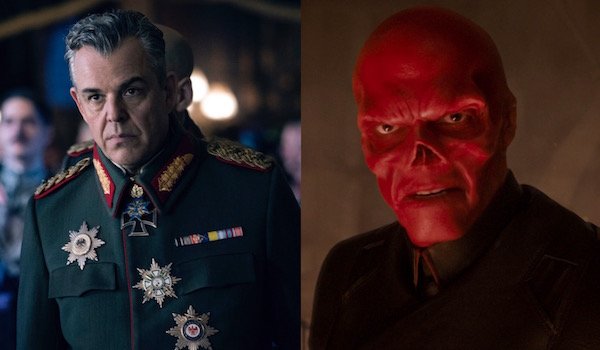
Villains Working Against The Orders Of Their Superiors
Both the Red Skull and General Erich Ludendorff were valued officers in the German military, but they both defied the orders to effectively enact their plans. For the Red Skull, that meant separating HYDRA for the Nazi party so he could fulfill his own plans for world domination using the power of the Tesseract. Then with Ludendorff, in contrast to his real world counterpart (obviously), he was obsessed with carrying on World War I despite his commanding officers wanting to agree to a truce with the Allied Powers, hence why he killed them and moved forward with trying to release his deadly gas to on the battlefront. Neither one of these antagonists were successful in their goals, and maybe if they hadn't been so ambitious, they would have survived their respective wars. It's doubtful, but not impossible.
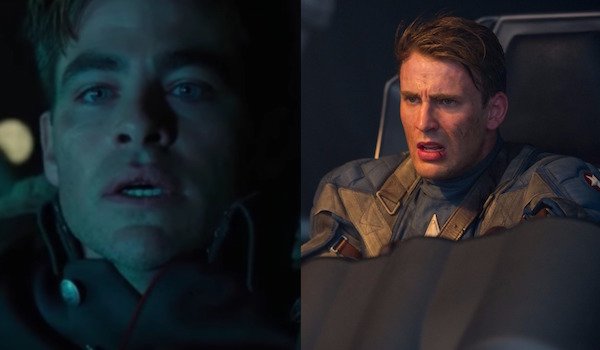
Someone Named Steve Sacrificing Himself On A Plane
Let it be officially proclaimed that if you make a superhero movie set in a 20th century war, you must have someone named Steve sacrifice himself on a plane. Though between Steve Rogers and Steve Trevor, the former fared better. Towards the end of Captain America: The First Avenger, Steve Rogers steered The Red Skull's ship into the Arctic so its payload wouldn't detonate in the U.S., and for decades, he was believed to have died. It was only in 2011 that he was found in a block of ice still alive, and the rest is history. Steve Trevor, on the other hand, appeared to truly perish in Wonder Woman when he flew the bomber carrying Doctor Poison's gas to a safe distance and then detonated the chemical weapons. However, if the rumors about Wonder Woman 2 are to be believed, we may not have seen the last of Steve Trevor, whether he is somehow miraculously resurrected or returns as a vision/dream/hallucination to Diana.
CINEMABLEND NEWSLETTER
Your Daily Blend of Entertainment News
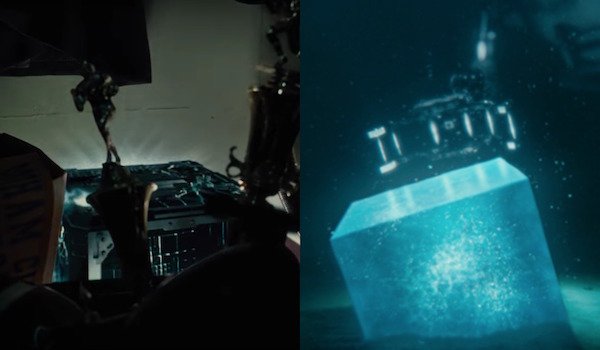
An Alien Cube Which Contains Great Power
Technically this similarity doesn't fully apply to Wonder Woman since it was only referenced in the epilogue on the home release, but it's still important to address. In Captain America: The First Avenger, Red Skull used the Tesseract's energy to power HYDRA's weaponry, not knowing what this Infinity Stone was truly capable of. So this particular cube was integral to the plot. For the Wonder Woman epilogue, the Mother Box was only seen as an illustration when Etta Candy tasked Sameer, Charlie and Chief with retrieving it so it doesn't end up in the wrong hands. This is one of the three Mother Boxes that's been hidden on Earth for thousands of years, and since it was unearthed in Europe, this is likely the same Mother Box that Silas Stone will use to rebuild his son, Victor, a century later. So even though the Mother Box didn't play a role in the Wonder Woman movie, its mention in the epilogue is noteworthy, as it teases what's coming in Justice League.

Connoisseur of Marvel, DC, Star Wars, John Wick, MonsterVerse and Doctor Who lore, Adam is a Senior Content Producer at CinemaBlend. He started working for the site back in late 2014 writing exclusively comic book movie and TV-related articles, and along with branching out into other genres, he also made the jump to editing. Along with his writing and editing duties, as well as interviewing creative talent from time to time, he also oversees the assignment of movie-related features. He graduated from the University of Oregon with a degree in Journalism, and he’s been sourced numerous times on Wikipedia. He's aware he looks like Harry Potter and Clark Kent.
